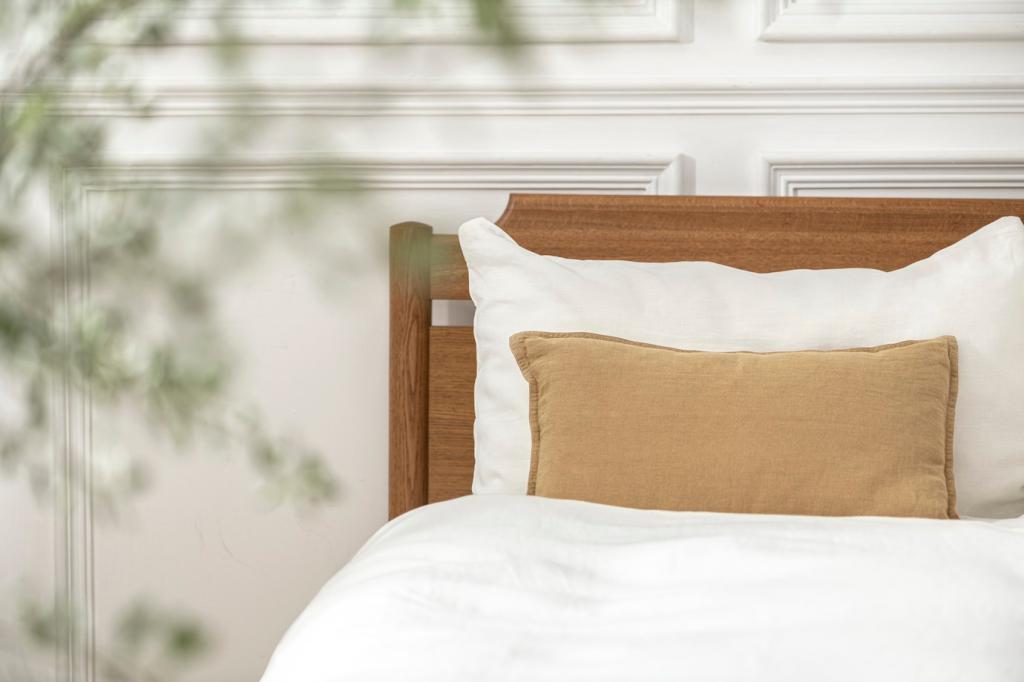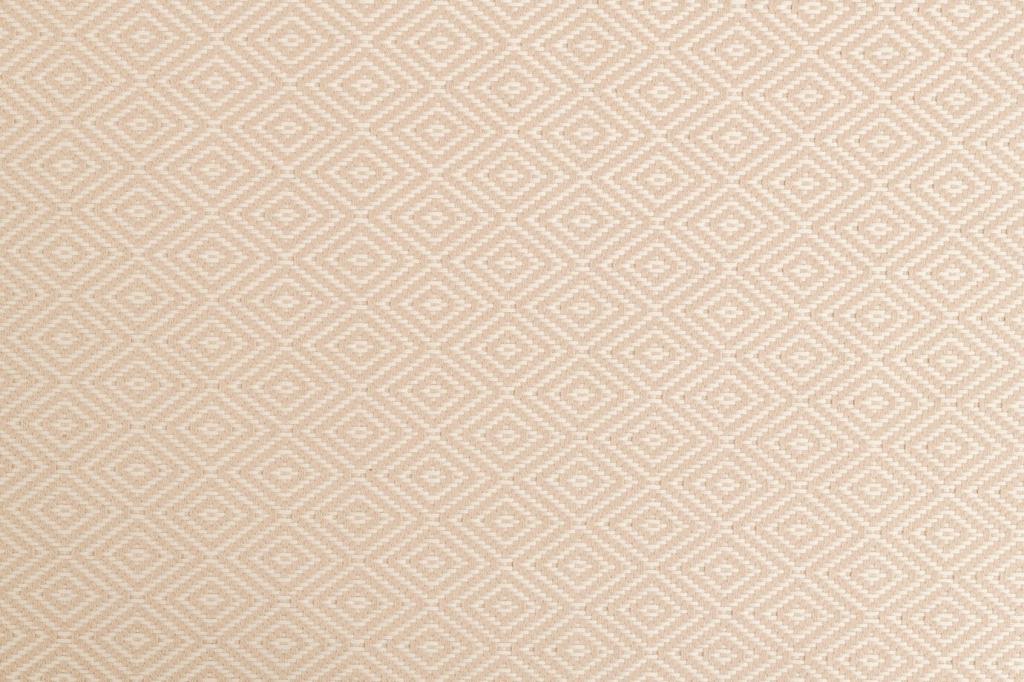Eco-Friendly Building Materials for Sustainable Homes
Eco-friendly building materials are paving the way for the future of sustainable home construction. As awareness of environmental impact grows, homeowners and builders are increasingly turning to materials that minimize waste, reduce carbon footprints, and contribute to healthier indoor environments. Choosing sustainable materials is a crucial step in creating homes that are energy-efficient, durable, and friendly to the planet.

Benefits of Using Eco-Friendly Materials

Eco-friendly building materials typically consume fewer natural resources during their lifecycle, from manufacturing through disposal. For example, renewable materials such as bamboo or cork regenerate quickly and require minimal processing, which translates to reduced energy consumption and emissions. Recycled materials, like reclaimed wood or recycled steel, divert waste from landfills and lessen the demand for virgin resources. By incorporating these options into home construction, homeowners directly contribute to the conservation of natural resources and the reduction of emissions.

Previous slide
Next slide
Designing for Energy Efficiency
High-Performance Windows and Glazing
Modern sustainable homes benefit greatly from the installation of high-performance windows and glazing materials. Advanced glass technologies, such as low-emissivity (Low-E) coatings and triple-pane constructions, offer superior insulation, minimize heat loss, and reduce solar gain. These windows regulate indoor temperatures more effectively than traditional products, lessening the reliance on heating and cooling systems. Not only do high-performance windows contribute to energy savings and comfort, but they often feature frames made from recycled or renewable materials for an added ecological advantage.

